This beautiful island of Elephanta spans an area of 10 to 15 square kilometers and has dense foliage of mango, tamarind and palm trees. It's the perfect place for a weekend getaway, with a walk through the woods as well as a picnic. The island gets its name from a giant stone sculpture of an elephant discovered by Portuguese explorers in the 16th century.
The island of Elephanta is globally famous because it is home to a network of ancient rock-cut caves known as Elephanta Caves, home to wall art sculptures and carvings, dedicated to Hindu deities and Buddhism. In the cave there are many auxiliary shrines and inner courtyards. In addition, there are three paths to the temple complex. The entire venue is built from solid natural stone with intricately sculpted statues.
The walls of the caves, perched atop a hill, are lined with rock art that experts say date back to between the 5th and 6th centuries. There are two main hills on the island - Gun Hill. and Stupa Hill. Gun Hill got its name from the two British-era cannons placed on it, and Stupa from the remains of a Buddhist stupa unearthed here. The most intricately detailed and architecturally majestic cave in the Elephanta network is located on Gun Hill. The plaques on these caves depict the life and beliefs of the esoteric Pashupati sect of the Shaiva system. A 7 m high sculpture called Sadashiva is located at the entrance of the cave.
Elephanta Caves was declared a UNESCO World Heritage Site in 1987. So it is a remarkable place visited by many tourists during their trip to Mumbai to discover historical and spiritual wonders. here. Also, every February, Maharashtra Tourism Development Corporation (MTDC) organizes a wonderful dance festival at Elephanta Island.
 Register
RegisterSign in Travel Agent
Sign in Supplier
Sign in Affiliate
Sign in Guru

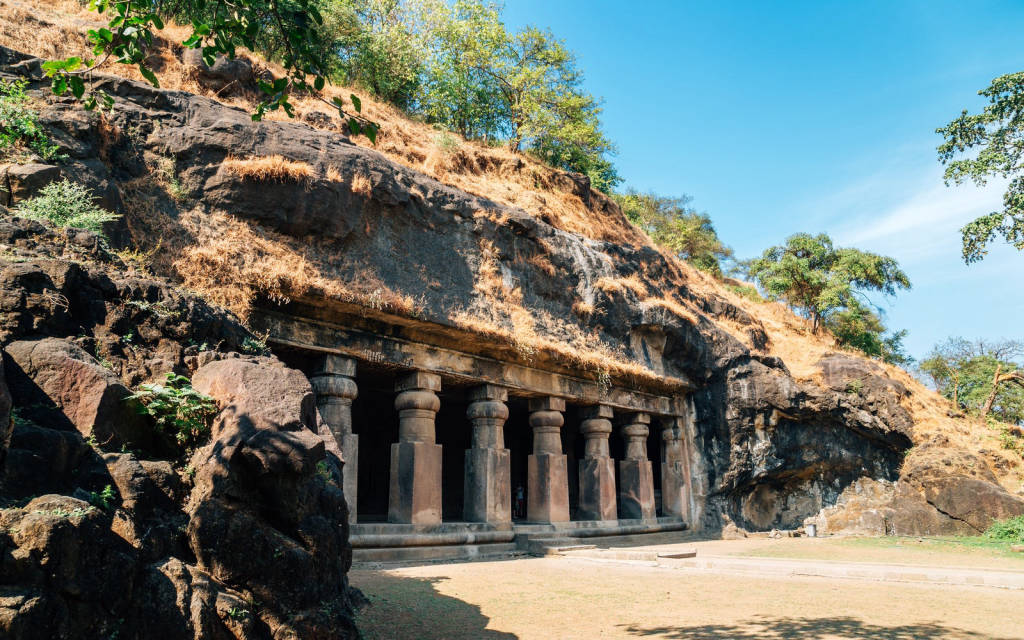
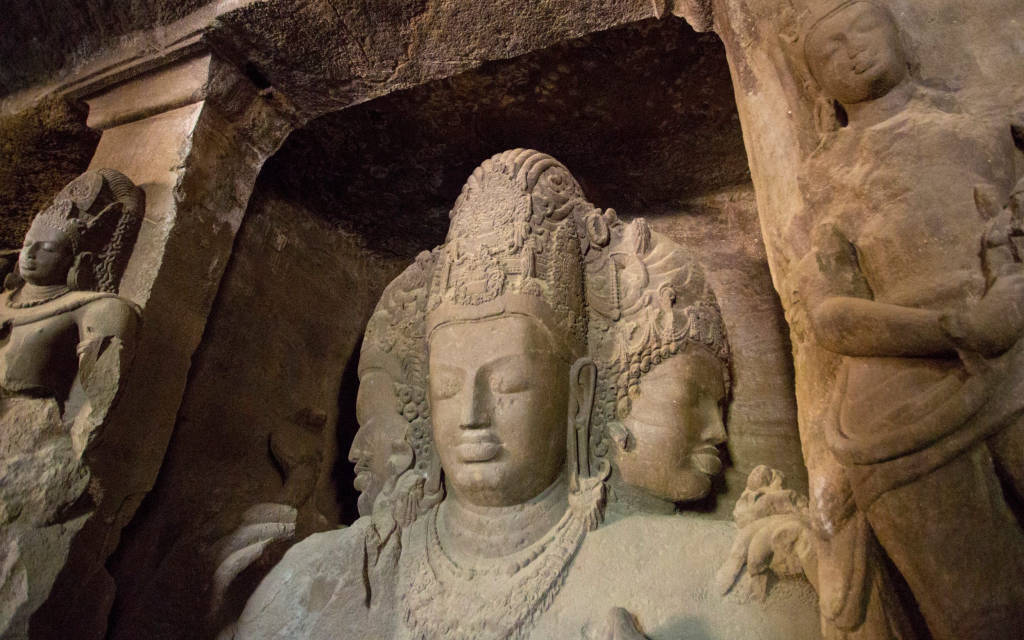
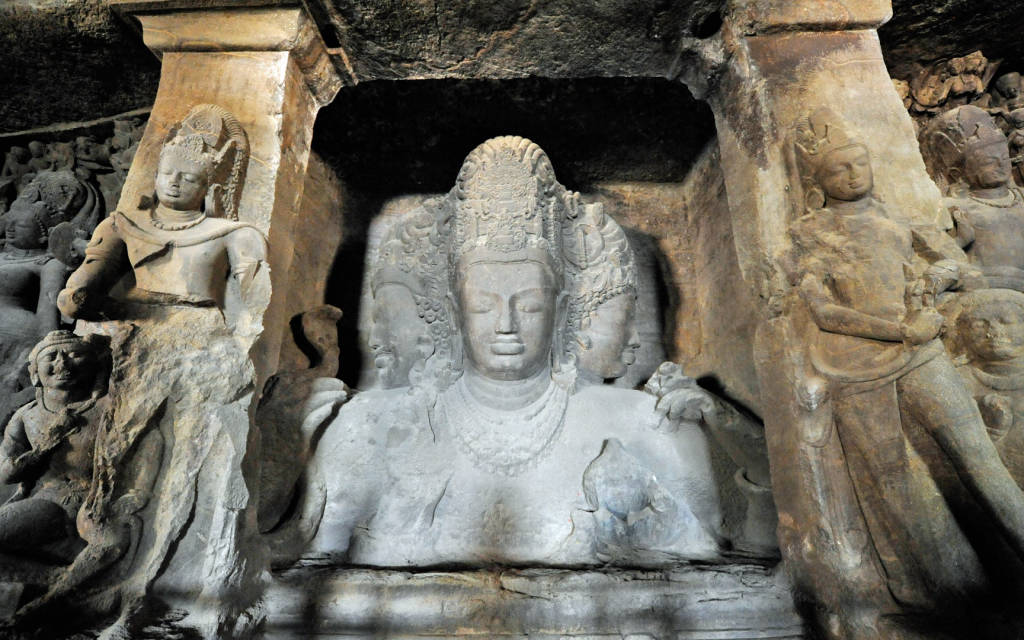
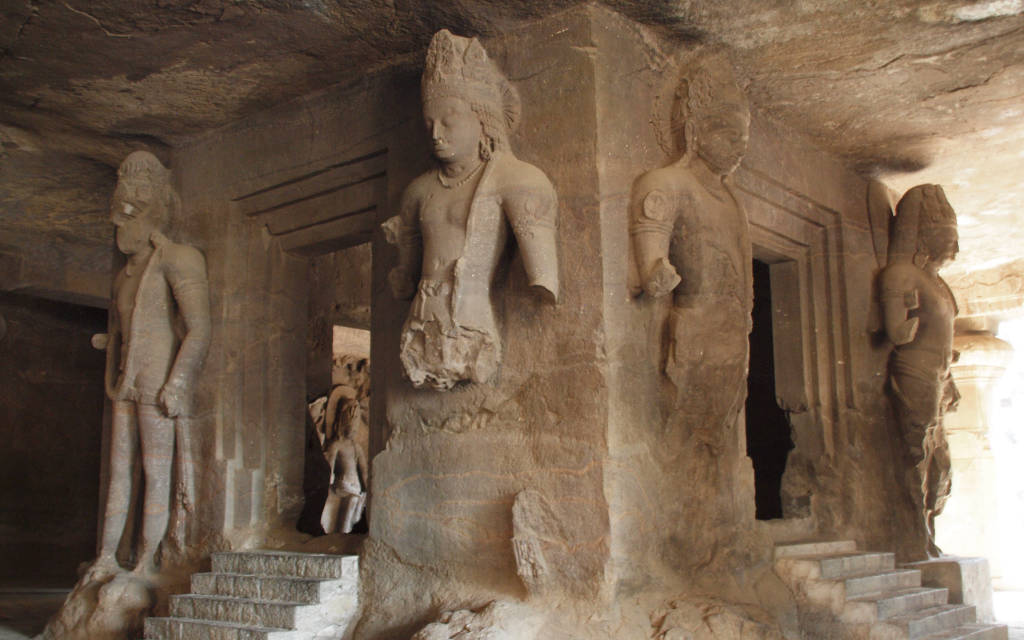
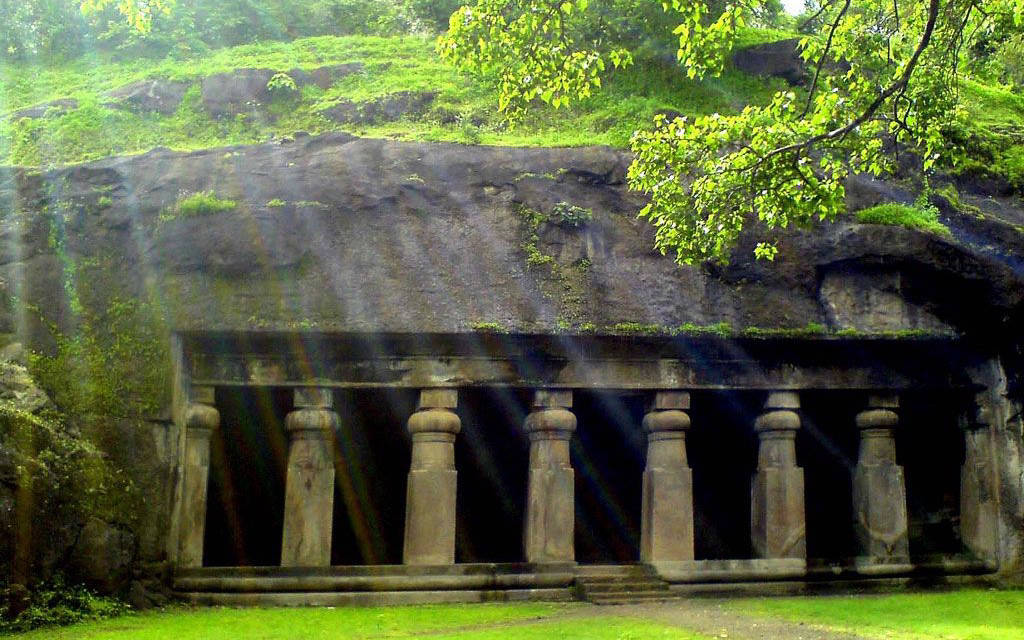
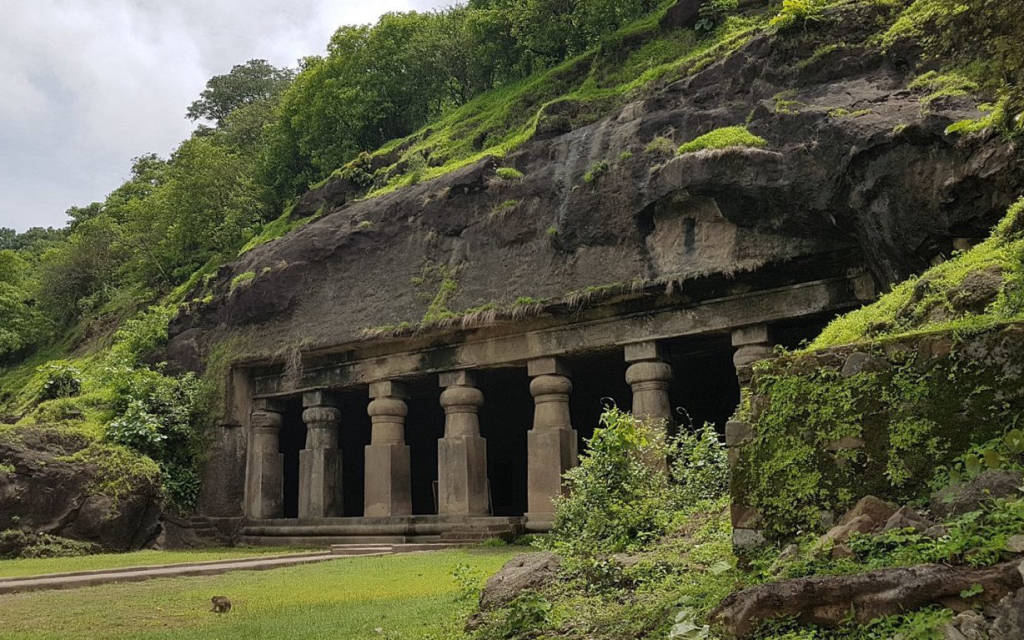
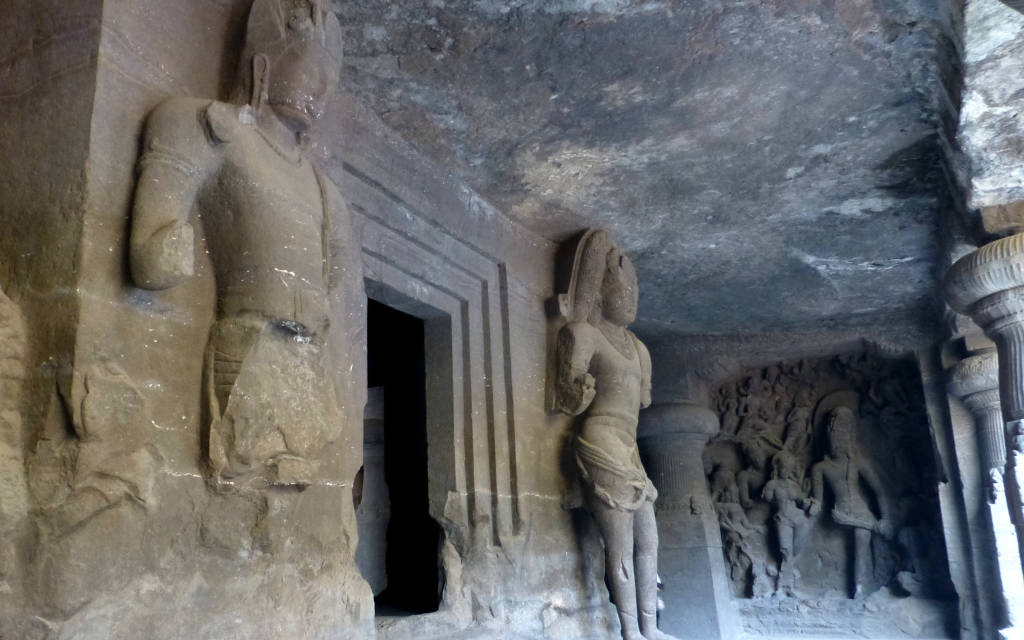







 Elephanta Island, Navi Mumbai, Maharashtra
Elephanta Island, Navi Mumbai, Maharashtra